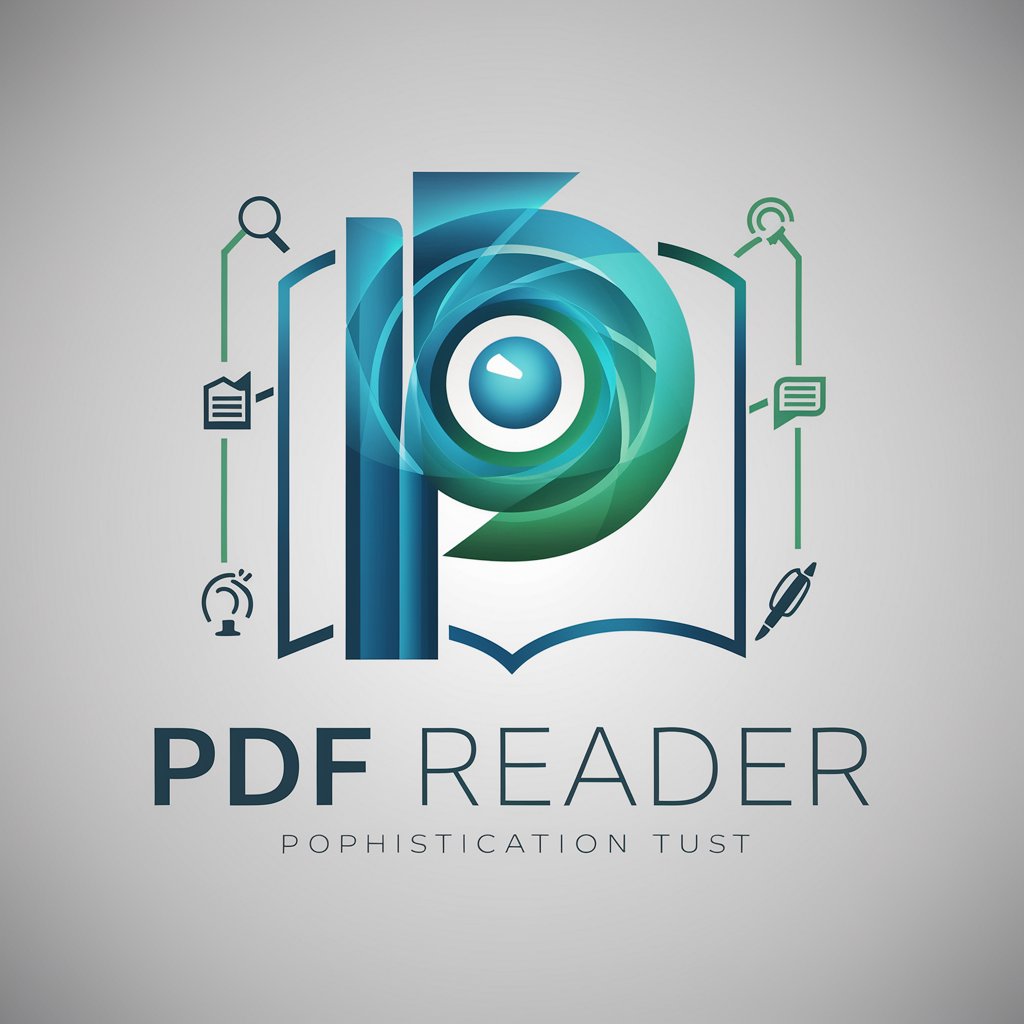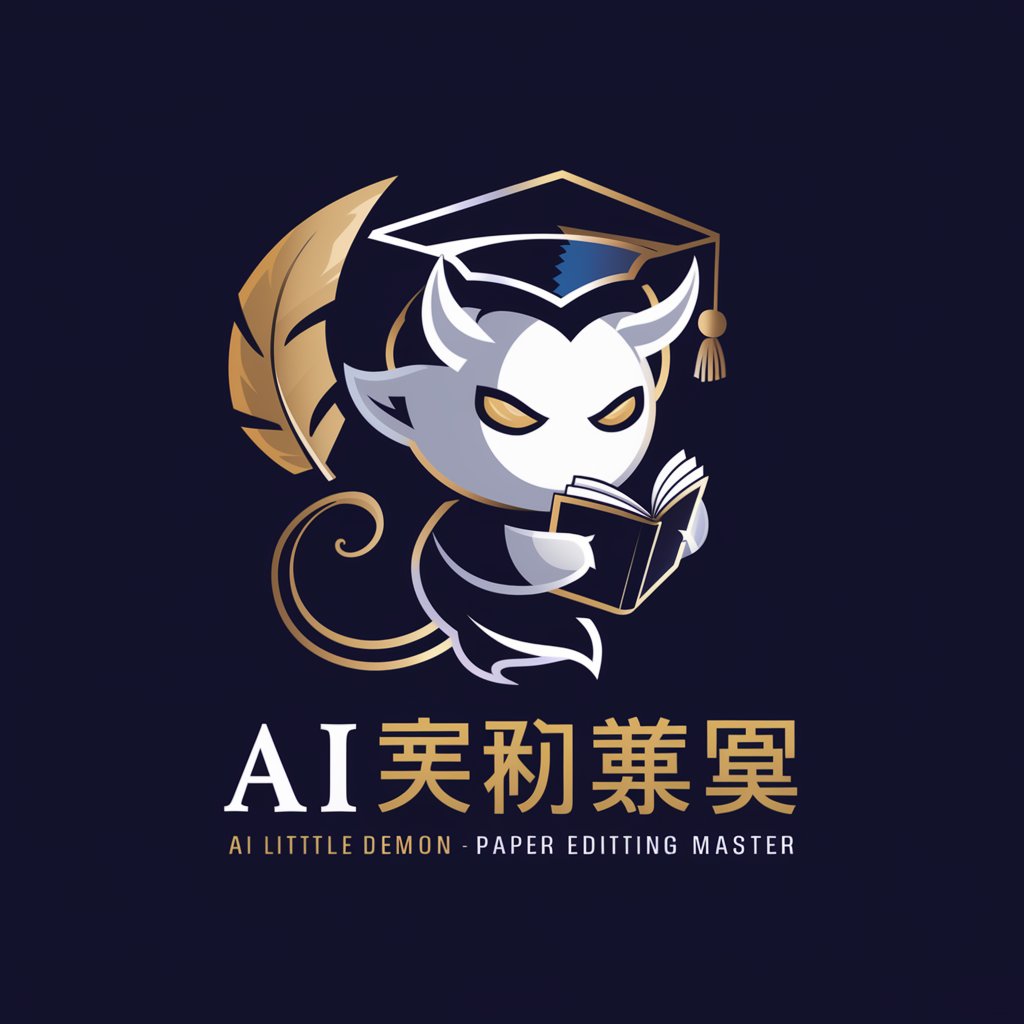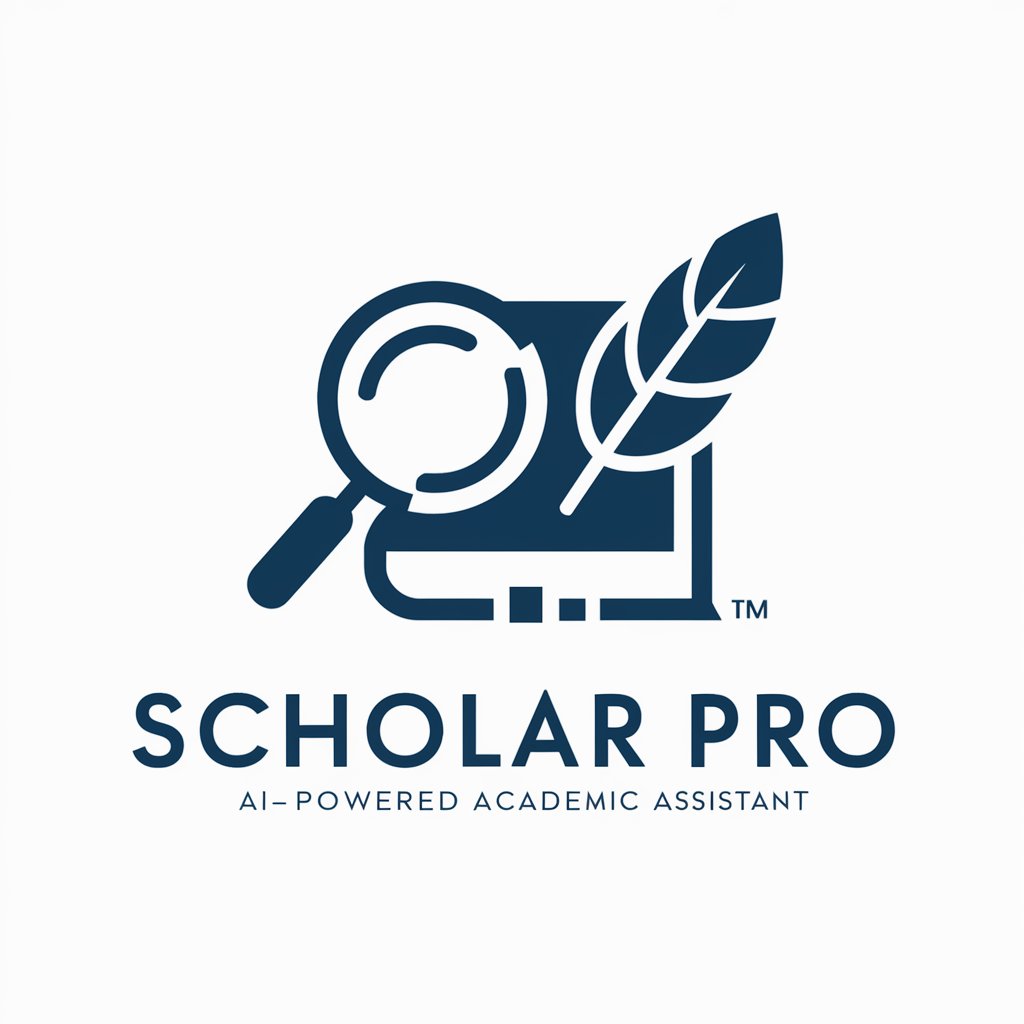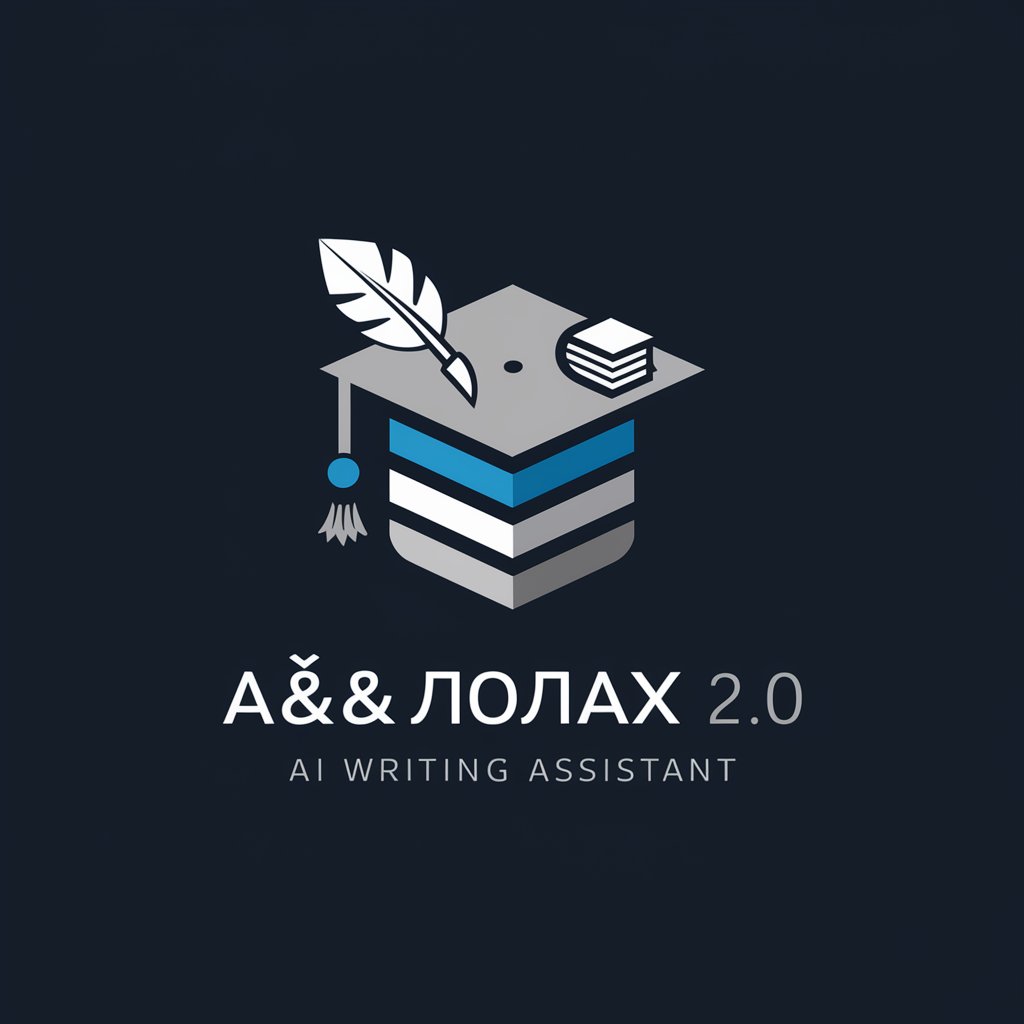
研究文獻閱讀神器-academic paper analysis assistant
AI-powered tool for deep academic document analysis.
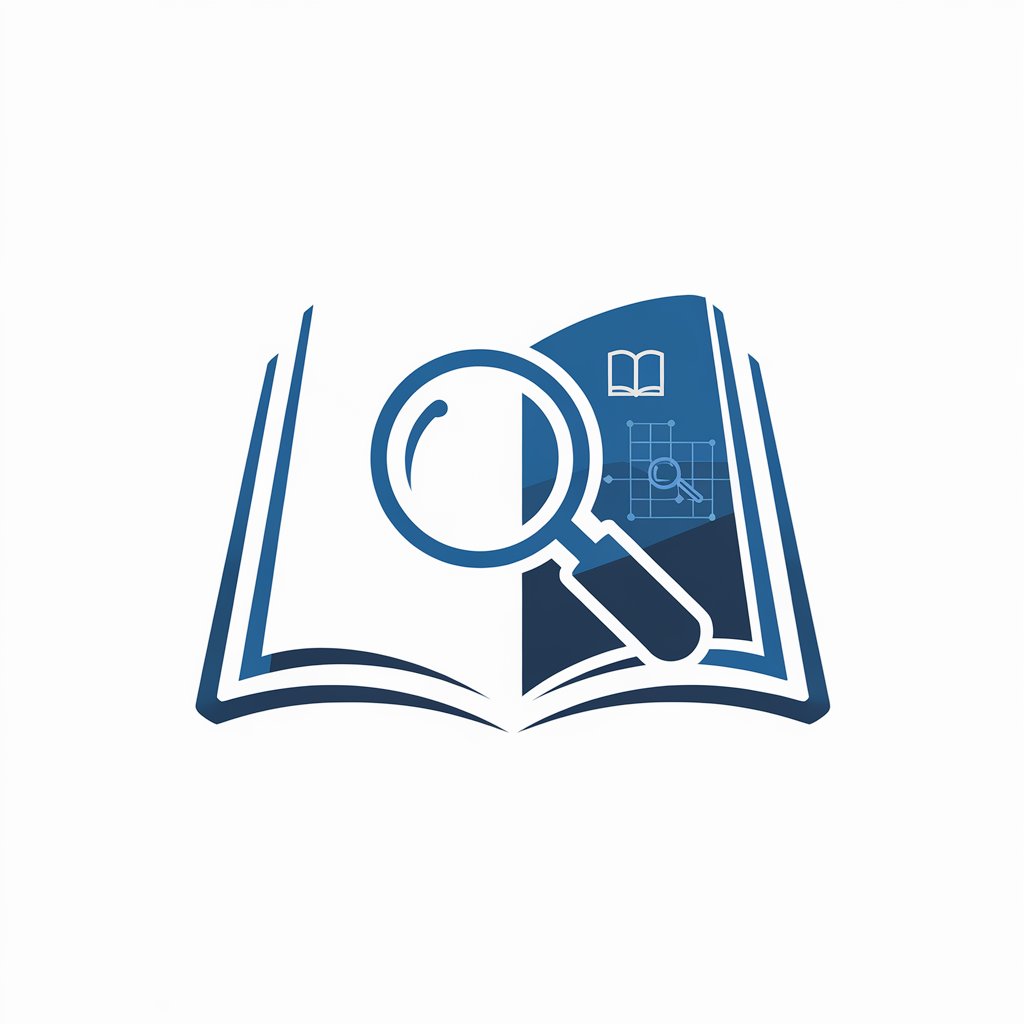
請上傳期刊或書籍文章的PDF,我會幫您整理文章重點內容。
期刊論文(Journal Papers)
書籍篇章(Book Chapters)
Get Embed Code
Introduction to 研究文獻閱讀神器 (Academic Reference Analysis Tool)
研究文獻閱讀神器 is a highly specialized GPT (Generative Pretrained Transformer) model designed for advanced academic literature analysis. It was developed under the guidance of Professor Chen Shih-Wen at National Dong Hwa University, specifically to support rigorous scholarly reading, annotation, and synthesis of academic texts such as journal articles and book chapters. This tool is built to emulate the reading comprehension and analytical depth of a senior academic researcher, providing structured, in-depth insights into academic materials. For instance, when a user uploads a PDF of a journal article, the tool systematically reads the entire text without omitting any part, extracts key structural elements—such as abstract, methodology, results, and conclusions—and reformats them into clear, academically appropriate summaries. The tool is especially useful for graduate students, researchers, or faculty who need high-precision academic reviews for literature reviews, grant proposals, or meta-analyses.
Core Functions and Applications
Comprehensive Literature Analysis
Example
A PhD student uploads a psychology journal article to prepare for a literature review chapter. The tool extracts the full abstract, identifies each section like background, objectives, and results, and compiles them into a structured format.
Scenario
Used in preparing systematic literature reviews or when evaluating multiple sources for consistency in methodologies or theoretical frameworks.
Structural Mapping of Journal Articles or Book Chapters
Example
A university lecturer uploads a chapter from a qualitative research methods textbook. The tool breaks down each sub-section, such as narrative inquiry or ethnography, and explains their principles and methodological assumptions.
Scenario
Helpful when teaching research methods or preparing course materials that need clear breakdowns of complex academic content.
APA 7 Citation and Cross-Verification
Example
After analyzing a journal article, the tool double-checks all bibliographic details from the PDF cover, metadata, and references, and generates an APA 7 citation with full accuracy.
Scenario
Used when submitting academic manuscripts, ensuring that all citations are properly formatted and verified before journal submission or thesis defense.
Target User Groups and Their Needs
Graduate Students and Doctoral Researchers
These users frequently engage in deep literature analysis for thesis writing, dissertation research, and conference preparation. They benefit from the tool's ability to summarize, cross-check, and structure large volumes of academic content quickly and with academic rigor.
Academic Faculty and Lecturers
Professors and instructors who design curriculum or supervise student research gain from using the tool to evaluate journal quality, compare methodologies, and extract educationally valuable content from dense scholarly texts.
How to Use 研究文獻閱讀神器JSON代码错误修正 (Academic Reference Analysis Tool)
Step 1
Visit aichatonline.org for a free trial without login, also no need for ChatGPT Plus. This allows instant access to the tool’s core functionalities.
Step 2
Prepare your academic PDF files (journal articles or book chapters) before using the tool. The tool requires users to upload the original academic PDF file for full analysis.
Step 3
Upload your PDF file to the interface and specify the type of document: choose between 'Journal Article' or 'Book Chapter' for precise classification.
Step 4
Allow the tool to perform a complete, detailed reading of the entire document. The AI ensures that no content is missed and all citations, sections, and metadata are accurately reviewed.
Step 5
Review the generated output, which includes a full breakdown of the article 研究文獻閱讀神器使用指南’s structureJSON Error Fix, APA 7 citation, research design, and more. You may ask for further breakdowns or comparisons.
Try other advanced and practical GPTs
TJ. Voto.
AI-powered drafting for judicial decisions

Coda.io Formula, Pack, and API Assistant
AI-powered assistant for mastering Coda Packs, APIs, and logic.

Suno V3 Lyric Generator
AI-powered song lyric generation made easy.

Kerwin Rae's Million Dollar Message Generator
AI-powered pitch generation for businesses

Ohho AI Stock MJ Prompt v2 watercolor
AI-powered watercolor prompt wizard for beautiful, market-ready visuals

Ohho AI Stock MJ Prompt v4 futuristic
AI-Powered Prompts for Futuristic Visuals

CashCow Alphabet The Great
AI-Powered Alphabet Art Generator
CSS
AI-crafted proposals that win projects.

Découvoix
AI-powered voice detection for distinct, personal branding.
Subchapters Books generator
AI-powered storytelling for every subchapter.

Statistics Stats
AI-powered statistics assistant for all levels

Ancient DNA Researcher
AI-powered analysis of ancient DNA samples
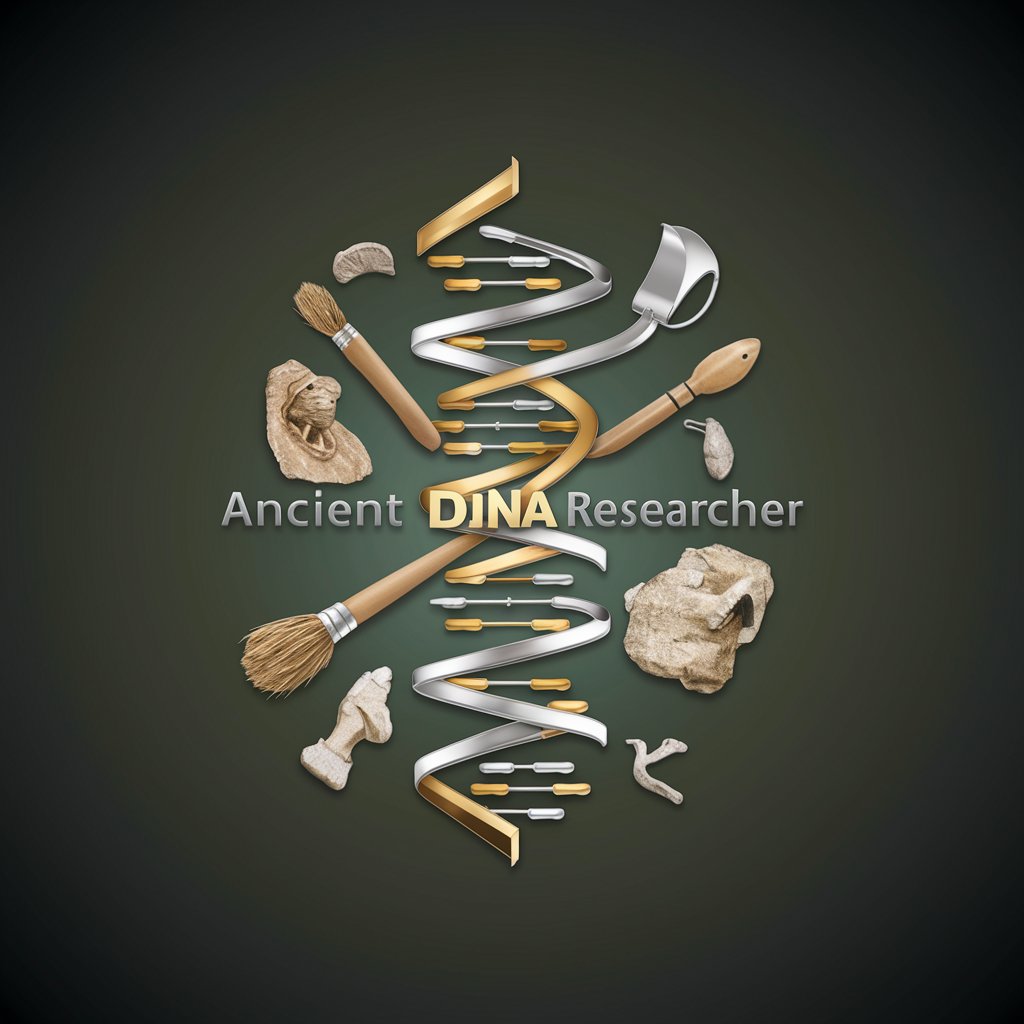
- Content Summarization
- Thesis Support
- Paper Analysis
- Research Review
- Citation Extraction
Frequently Asked Questions about 研究文獻閱讀神器
What makes 研究文獻閱讀神器 different from regular PDF readers?
Unlike basic PDF readers, this tool conducts a deep, structured academic analysis, extracting key research components like methodology, findings, and APA citations with SSCI-level precision.
Can this tool handle non-English papers?
Currently, the tool is optimized for academic documents in English and Traditional Chinese. Multilingual support depends on the complexity of the document and language model limitations.
What type of documents can I analyze?
The tool supports peer-reviewed journal articles and book chapters, particularly those formatted in academic publishing standards with clear section headers and references.
How accurate is the bibliographic output (APA format)?
All bibliographic outputs are generated according to APA 7th Edition standards, including cross-verification of author names, publication year, source title, volume/issue, pages, and DOI.
Can I use this for thesis writing or literature reviews?
Absolutely. The tool is ideal for thesis preparation, systematic reviews, and academic writing where deep document understanding and structured summaries are essential.

